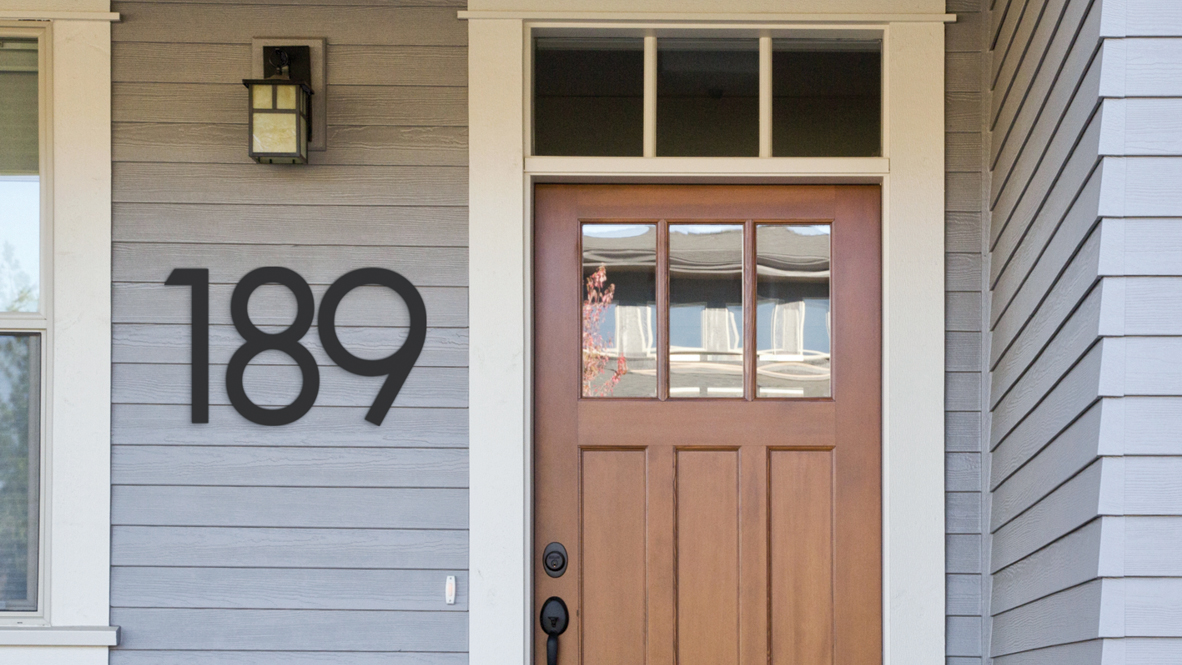

Viewing a house is something many people do as quickly as possible. It’s amazing how little time most of us spend on the biggest purchase we’ll ever make – a home. And even what we do look at can be superficial decoration rather than the more crucial factors. Make sure you’re checking out all you should when you’re buying a house – or flat by making a note of our tips.
1. Suss out the area
Find the best mortgage deal
If you are at the house viewing stage, you are serious about buying soon. Avoid getting a nasty surprise – such as finding out that the houses you're looking at are actually out of your budget. Get your mortgage sorted, at least in principle, before you go looking at suitable properties. Habito will help you find the best mortgage deal, offer free, unbiased, whole market advice and and answer any questions you may have. Fill in the form below, then speak to an advisor for more help and advice.
Before you concentrate on the home itself – which you may be able to change to suit you – take a look at the surroundings. After all, there’s nothing you can do to change these.
Is there going to be noise from roads, planes or trains? It may be bearable at some times of the year but when summer comes and windows are open will it cause a problem? Are there schools, pubs, clubs, religious buildings or communal facilities that may bring peaks of traffic and parking issues or noise at certain times? Is the house or flat near a waste facility or industrial estate that might spoil your enjoyment of house or garden?
If the only parking is on the street, will you have to pay for it? And will you be able to park near your home easily or might you be several streets away? If you are buying a flat, will be you be able to park regularly in the driveway? What about local amenities? Have a checklist of what’s important to have in the locality and see how the property measures up. You might want the following at walking distance or a short drive away:
- Public transport
- Schools
- Food store
- Doctor’s surgery
- Pharmacy
- Vet
2. Examine the exterior
Stand back and look at the roof. If it’s in a poor state, sorting it out can be expensive. Think about whether you’re prepared to put up with the disruption of major repairs as well as factoring in the cost. What’s the state of exterior brickwork or render? If they’re in poor condition, work will be required.
Assess which way the house is orientated. North-facing rooms will be darker and the light in them never anything but cool, and it’s unflattering to many wall colours. It’ll make a difference to what you can grow if your garden faces that way as well. If south-facing rooms have extensive glazing they may become unbearably hot in summer, unless measures have been taken to alleviate this problem.
Lower ground floor properties, or basement conversions are guaranteed to be colder that anything ground floor level and above – so think higher heating bills and, potentially, a dehumidifier.
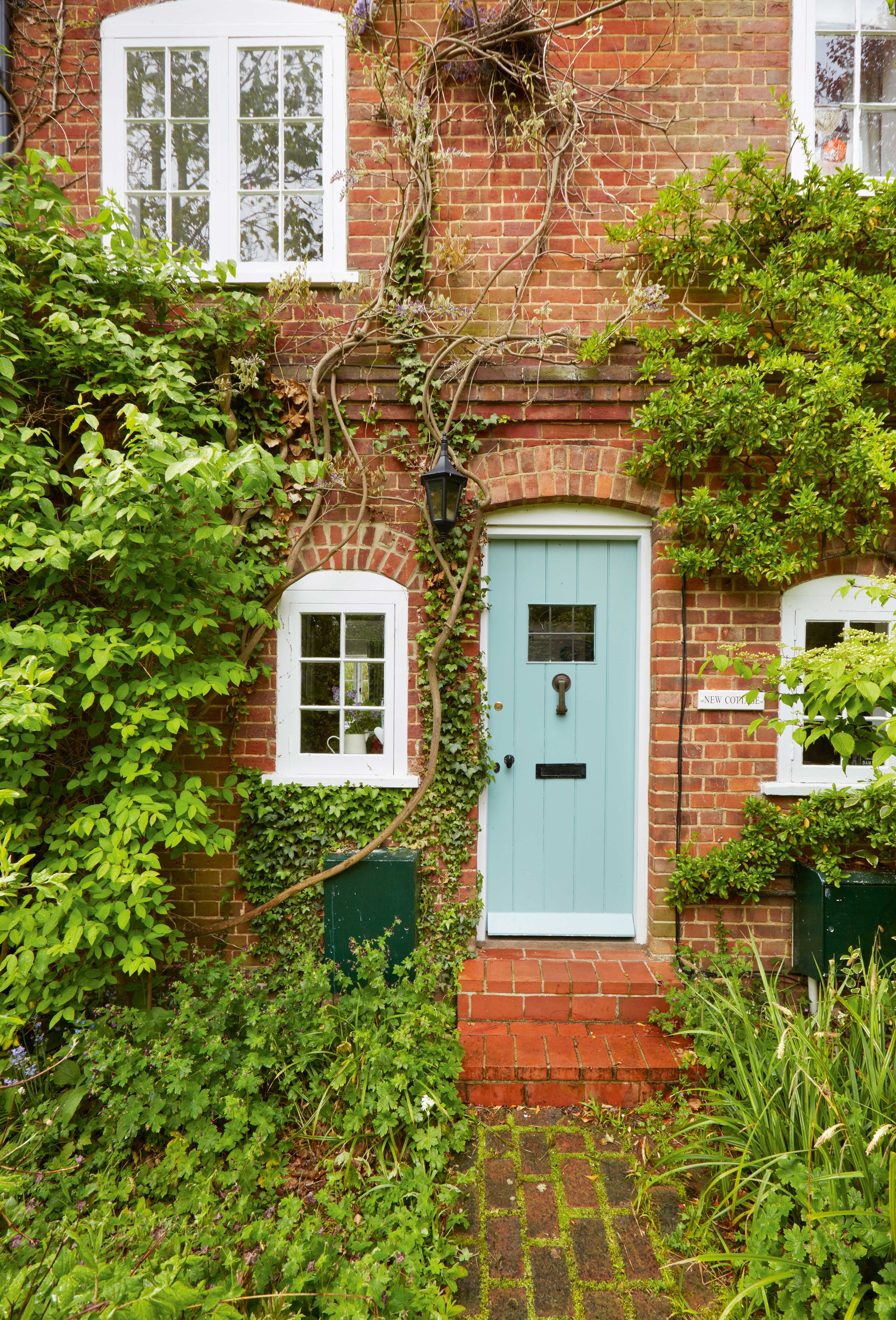
3. Think about the soundness of the inside
Now’s the time to look for any signs of damp or mould growth. You may be able to smell the latter. Flaky plaster and watermarks are giveaways. Check for wall cracks. It’s the big ones that should ring alarm bells not hairline versions. Ask if, to the best of the current owners' knowledge, any building or renovation work is planned elsewhere in the building (if you're looking at a flat or semi-detached property). A neighbour's renovation will mean fresh cracks and dust in your property.
4. Make a note of neighbours
Think about whether your neighbours can see into the rooms and if any outside space is overlooked. There may be easy remedies, but it’s best to consider things now so you don’t end up feeling like you’re living in a goldfish bowl.
If parking is shared, ask if it’s allocated. Your idea of what’s fair when it’s communal might not coincide with other people’s.
5. Consider space and storage
Assess whether you’d like a similar amount of furniture in each room to that which the existing owners have. If so, can you move freely through the spaces or are doors and passageways through impeded by each room’s necessary furniture.
Look carefully at bedrooms, too. If you like a king-size bed and the owner only has a double in there, it’s easy to be fooled into thinking the space is sufficiently large.
Is built-in storage sufficient for your needs? A replacement kitchen is a big investment as is revamping a bathroom with fitted cabinetry. Places to put bulky items like vacuum cleaners and ironing boards are useful, too. In the bedroom, think whether any built-in wardrobes are sufficient for your needs or whether you’ll need to supplement them. If so, is there room for the additional furniture?
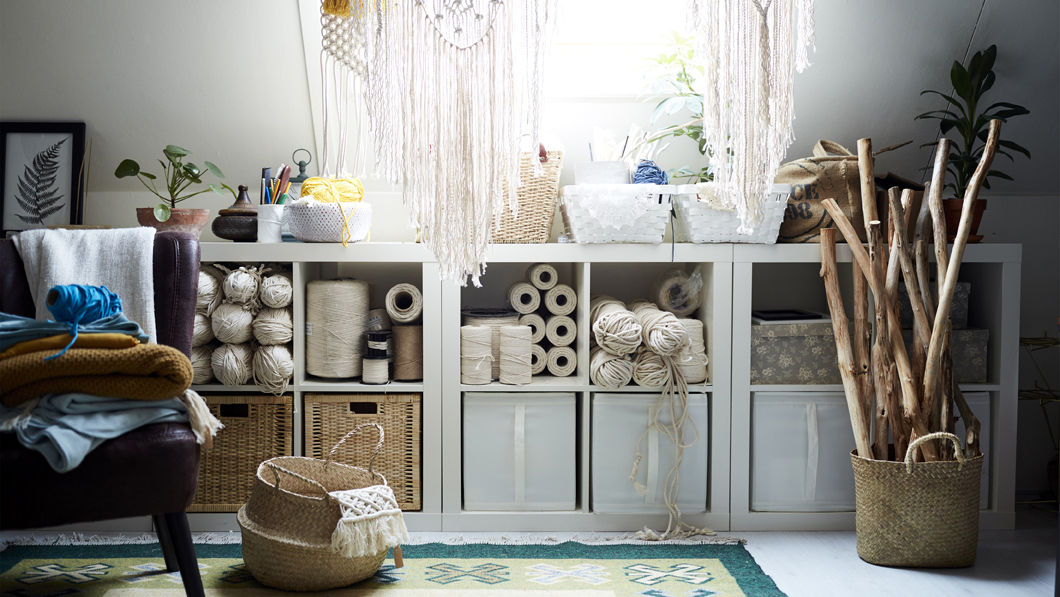
6. Wonder about electrical wiring
Take the time to check for sockets in each room. Older homes may be short on places to plug in and adding extras is going to cost. Equally, if the electrics are out of date think about the inconvenience of rewiring as well as the spend.
7. Pay attention to plumbing
If the boiler’s ancient you might end up forking out for a new one very soon, which is also going to weigh on your bank balance. Take a look at the condition of any exposed pipework in the bathroom and kitchen: old plumbing can be tricky to replace, so ideally you want pipes that have been well looked after. Pay attention to any weird smells in these areas, too.
8. Count the cost of major buys
Painting walls in a different shade is easy, but some home changes are going to be costly, so add up the impact now or decide if you can put up with them as they are. Pay attention to:
- Kitchen
- Bathroom(s)
- Flooring
- Window treatments
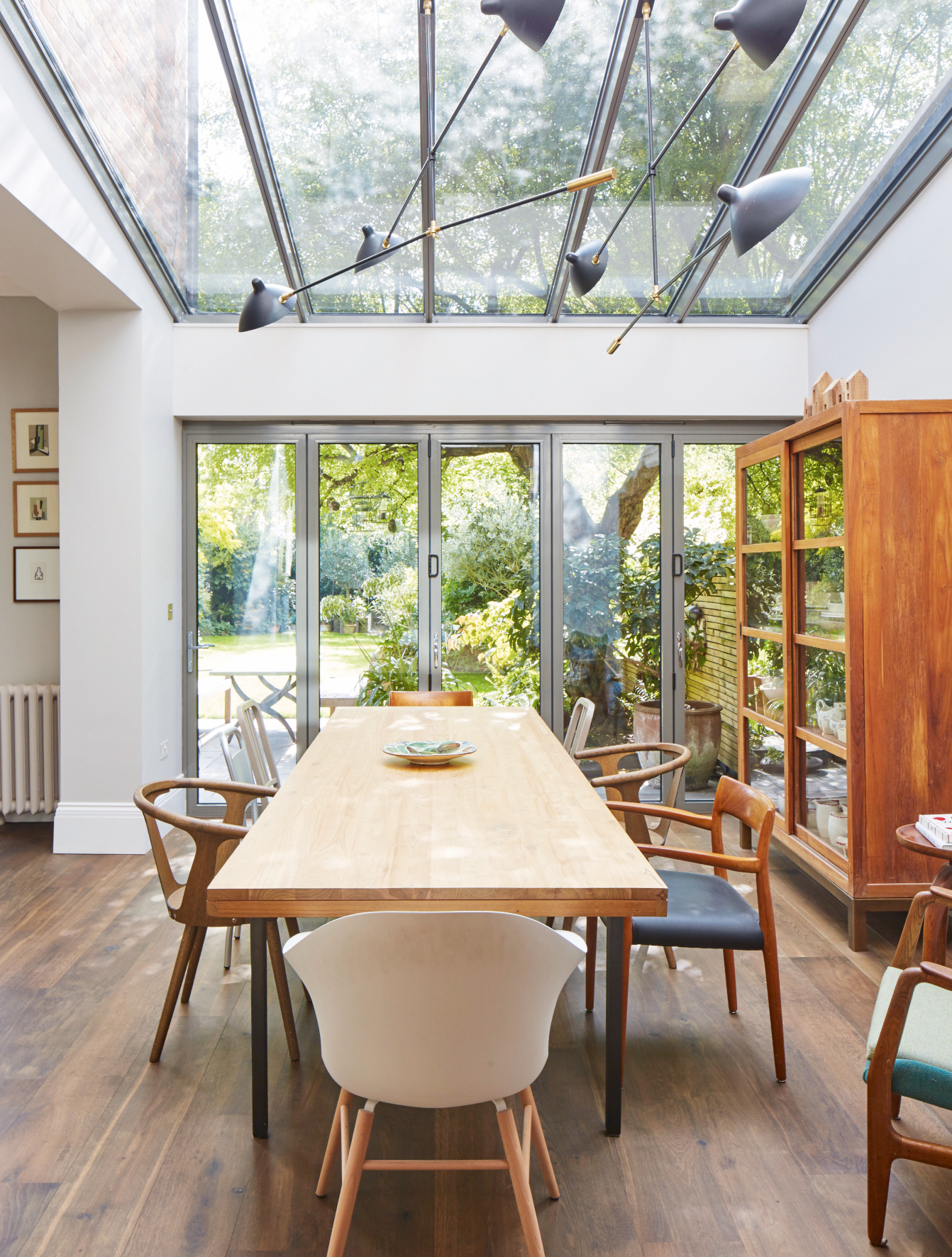
9. Assess security
Do the windows and doors have good locks? If not, factor in the cost of increasing security. This will help lower insurance premiums, too. Moreover, you'll need to consider the quality of the front door – if it's flimsy, it may need replacing too. Read our guide to home security to find out the basics a secure home should be equipped with.
10. See beyond the decor
Ask yourself if the owner’s tastes are influencing your response to the property. It’s easy to be put off somewhere that’s sound by the owner’s choice of gaudy wallpaper, or clutter of knick-knacks. On the other hand, if your feelings are all positive, perhaps you’ve fallen for their furniture, artwork and rugs – items that will move out when they do – rather than looking at the bones of the home.
Top tip: See if you get good reception on your mobile inside the house – and whether you mind if you don’t.
11. Ask the agent
Your solicitor will find the answers to many questions during the conveyancing process, but it’s worth quizzing the agent before you make an offer and you’ve spent money. Ask:
- If work’s been done on the house and whether it was undertaken by professionals.
- Was permission required and given?
- If the home is leasehold or freehold. If it’s leasehold, how many years are left on the lease? As a general rule, avoid a lease that's got less than 90 years left on it.
- Are any costs shared with neighbours?
- Is any access shared?
- Have the owners had any problems with the neighbours?
12. Can you improve it?
You might be buying with changes and home improvements in mind, so assess how easy these might be. If a house has already been extended, this will influence what you can achieve under permitted development.
You won’t be shown the loft, but you can ask if you can see it if you go on to request a second viewing as well as finding out about the ridge height to see if a loft conversion is possible.
If you like the idea of making the home more open plan, don’t think that tapping the wall will reveal whether it’s load bearing or not. If you’re serious about the property, you could go back for a second viewing with a professional to assess the potential and likely costs of changes like this.
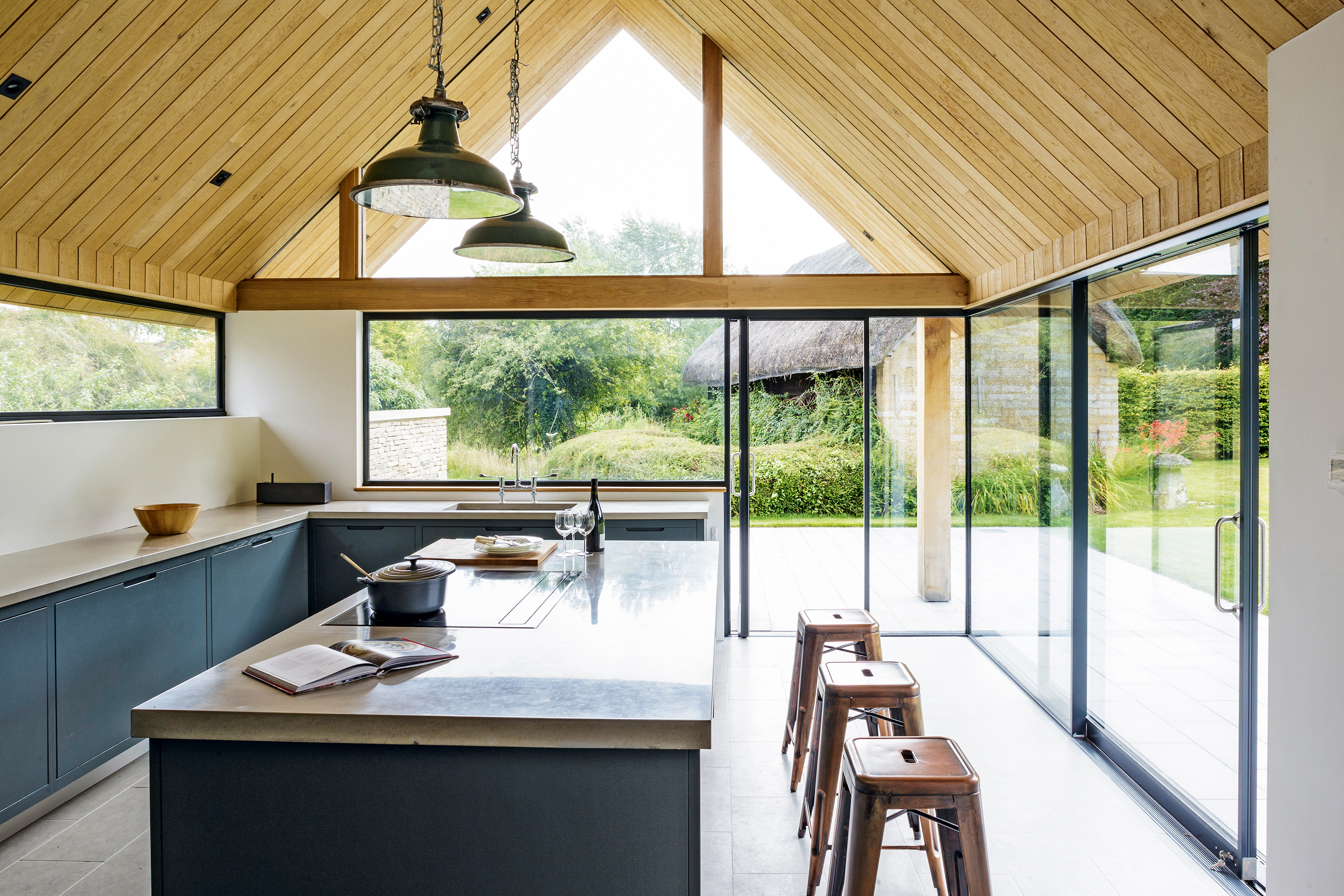
13. Make a return trip
It’s worth going back to the area at different times of day to see if anything’s changed from when you first looked at the house or flat. Second and even third viewings of the interior are possible, too, and if you can show you’re a serious buyer who can proceed, the agent and owner should be happy to arrange these. As with re-checking the neighbourhood, try to go at different times of day.
14. Talk to your surveyor
If the property’s the right one but your viewing has raised questions about the structure or potential, you can ask your surveyor to examine specific issues when you instruct them. This might affect the level of survey you choose. Bear in mind, though, that you’ll be instructing a surveyor after you’ve made an offer, so you’ll need to have committed to the purchase before then. Read our guide to everything you need to know about surveys.
15. Compare mortgage deals
If this property is the one – and even if it isn't, but the viewing has confirmed that you want something of a similar size/type in the area, now is the time to start shopping around for the best mortgage deal. Use the easy Habito calculator below to get an idea of how much you could borrow, and how much your repayments would be, then speak to their advisors for more, free, unbiased expert advice.
Looking for more advice on how to buy a property?
Join our newsletter
Get small space home decor ideas, celeb inspiration, DIY tips and more, straight to your inbox!

Sarah is a freelance journalist and editor writing for websites, national newspapers, and magazines. She’s spent most of her journalistic career specialising in homes – long enough to see fridges become smart, decorating fashions embrace both minimalism and maximalism, and interiors that blur the indoor/outdoor link become a must-have. She loves testing the latest home appliances, revealing the trends in furnishings and fittings for every room, and investigating the benefits, costs and practicalities of home improvement. It's no big surprise that she likes to put what she writes about into practice, and is a serial house revamper. For Realhomes.com, Sarah reviews coffee machines and vacuum cleaners, taking them through their paces at home to give us an honest, real life review and comparison of every model.
-
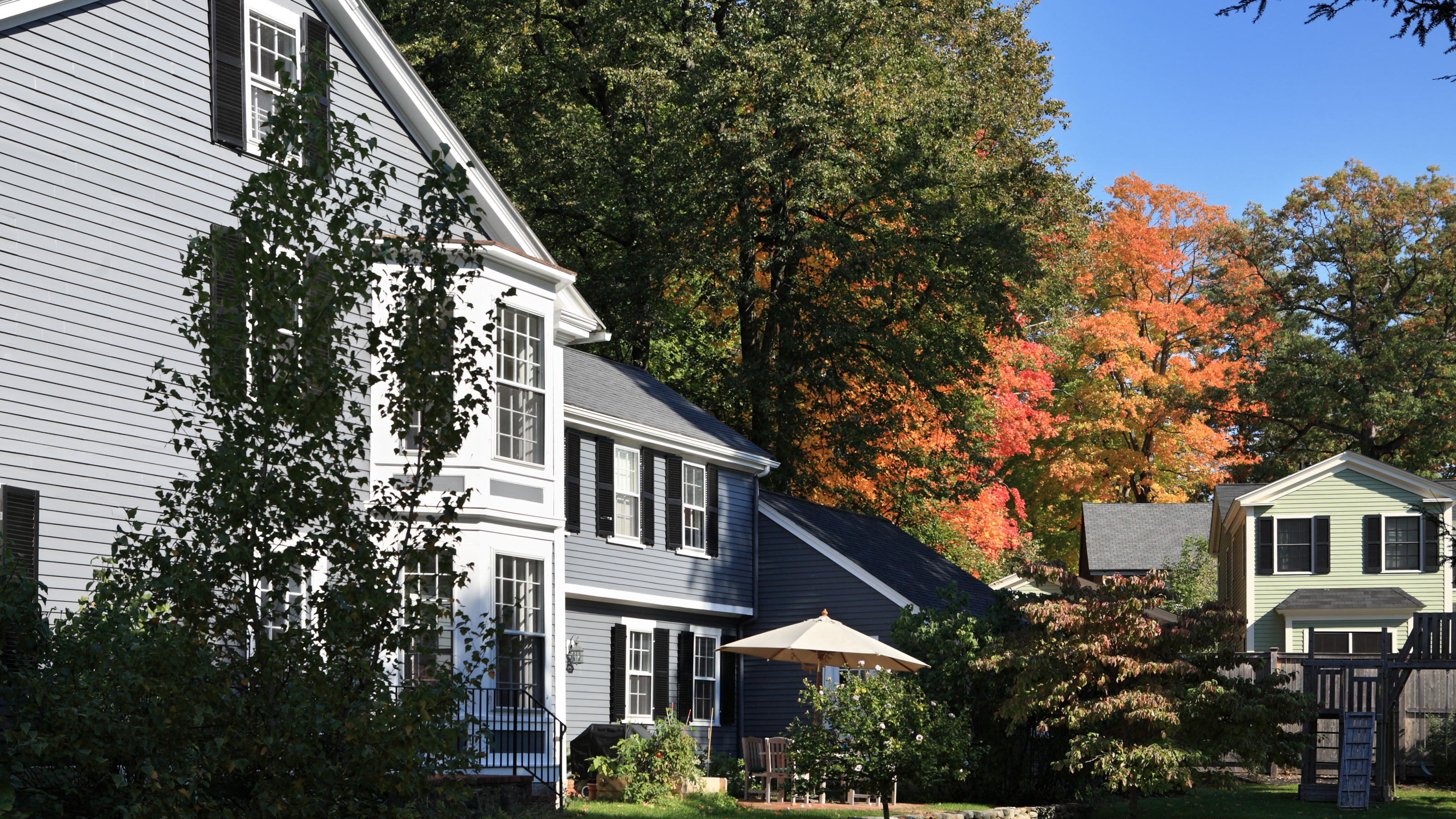 Housing market forecast: home buyers are rushing to beat rising mortgage rates
Housing market forecast: home buyers are rushing to beat rising mortgage ratesThe latest housing market forecast reveals a new factor in a hot market – steadily rising mortgage rates
By Anna Cottrell
-
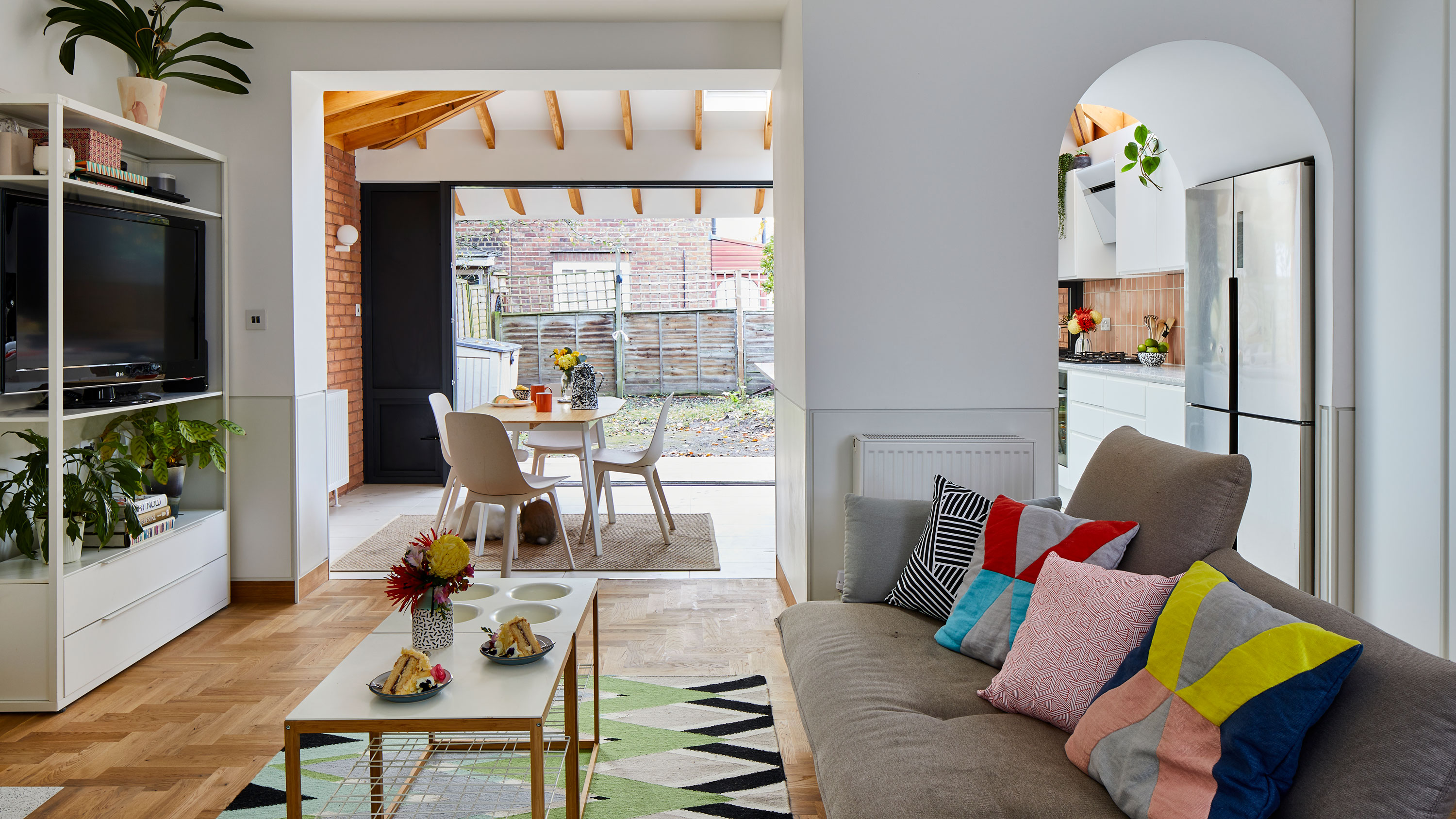 Before & after: A broken-plan layout completes this Edwardian terrace
Before & after: A broken-plan layout completes this Edwardian terraceThese happy bunnies have the best of both worlds. Divide and conquer
By Ellen Finch
-
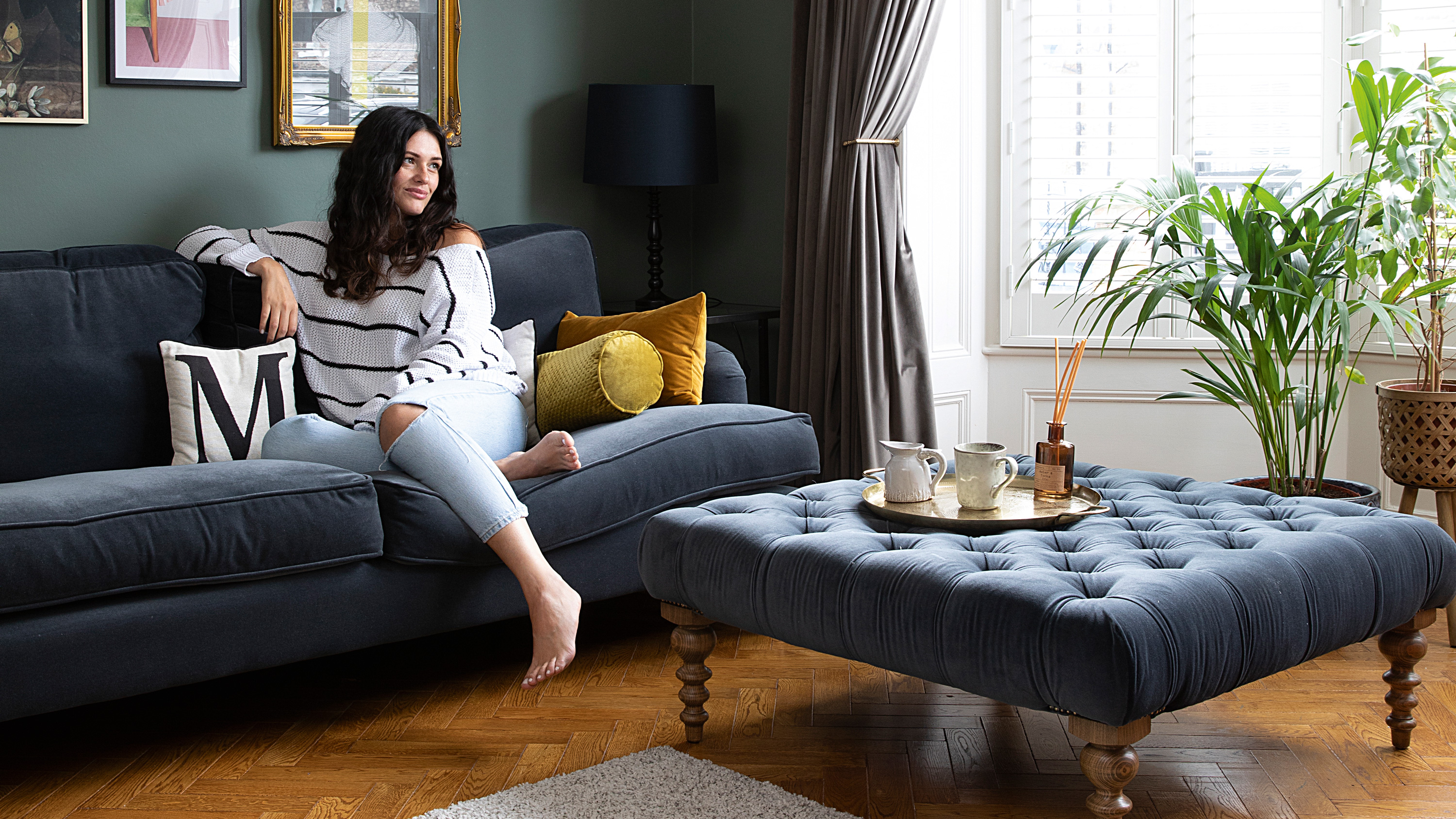 This dark and dramatic house just oozes original charm
This dark and dramatic house just oozes original charmThe color choices for this gorgeous Victorian home may seem bold, but just take a tour and you'll be reaching for the deep teal paint too...
By Ifeoluwa Adedeji
-
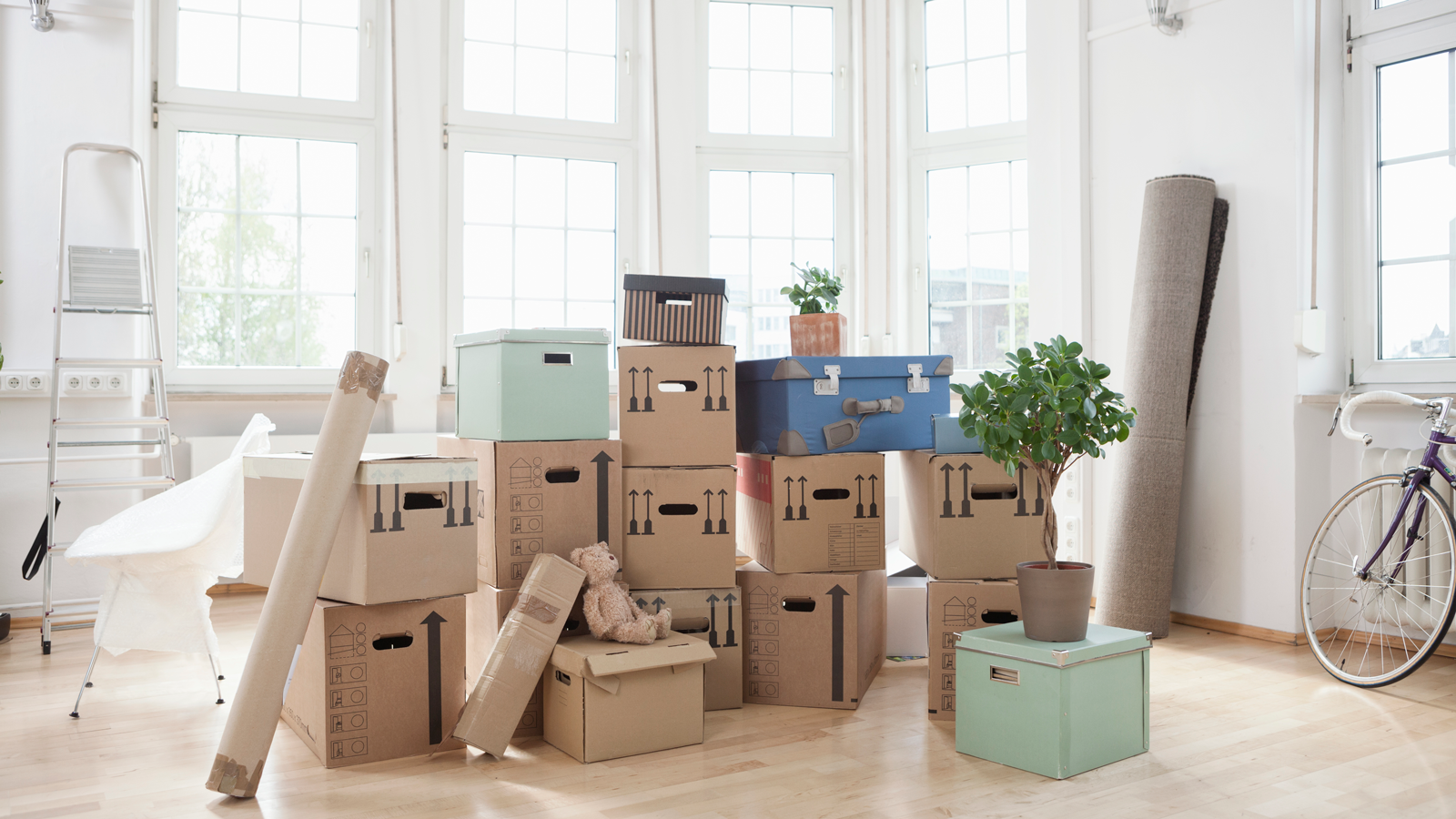 These are the items you’re most likely to lose when moving house - and one could be seriously costly
These are the items you’re most likely to lose when moving house - and one could be seriously costlyDon't miss these off your checklist come moving day
By Millie Hurst
-
 A new survey reveals the one room we'd add to our home if money were no object
A new survey reveals the one room we'd add to our home if money were no objectBecause you can never have too many books
By Millie Hurst
-
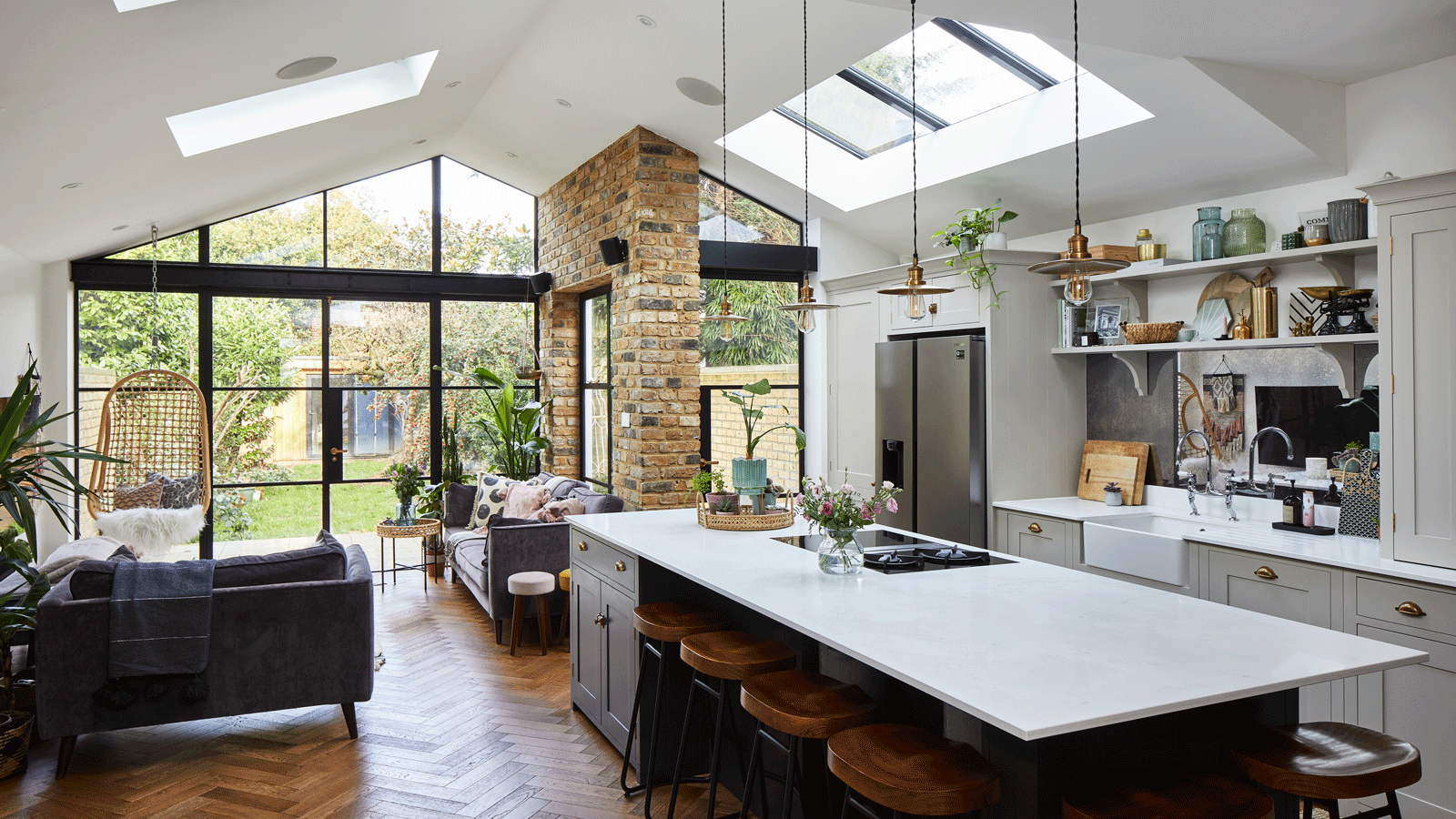 This is what a dream home looks like in 2021 (Hint: there's a fire pit)
This is what a dream home looks like in 2021 (Hint: there's a fire pit)Get ready for the home office of dreams
By Millie Hurst
-
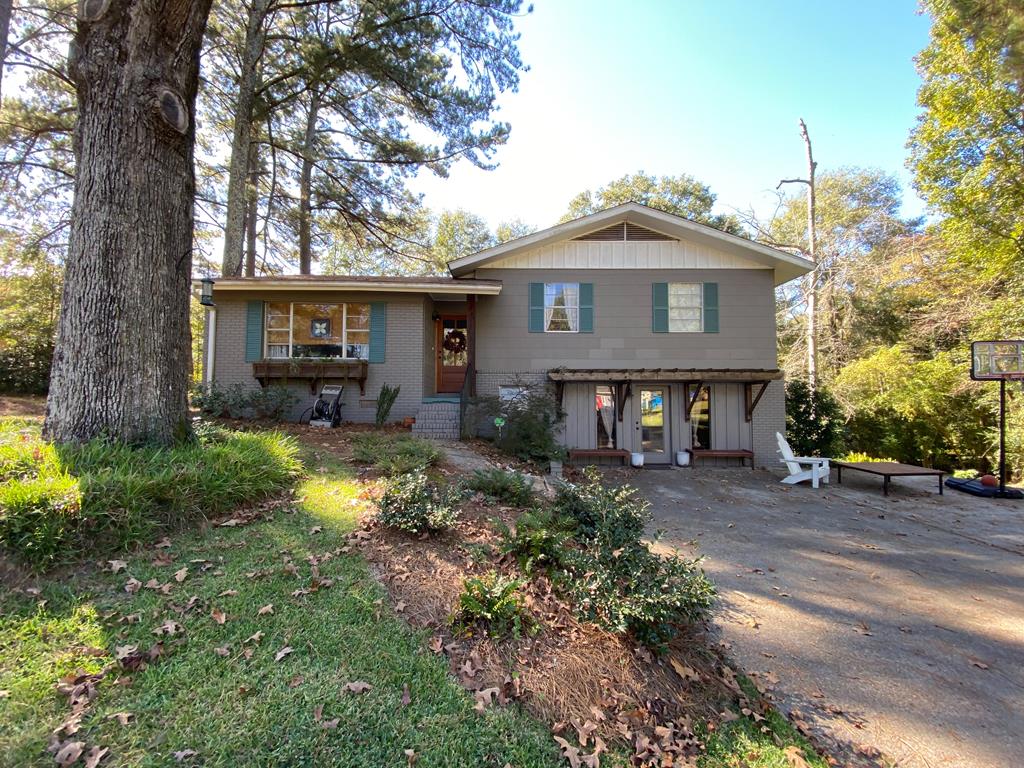 This HGTV 'Home Town' house is on the market for under $200k
This HGTV 'Home Town' house is on the market for under $200kSee what this Laurel, MS. house from HGTV's Home Town looks like today (and make it yours for under $200,000)
By Grace Stetson
-
 This sunbelt city is the top destination for homebuyers looking for value – and sun
This sunbelt city is the top destination for homebuyers looking for value – and sunBuyers on the move are choosing these Southern cities in what is beginning to be known as the Sunbelt Surge
By Anna Cottrell